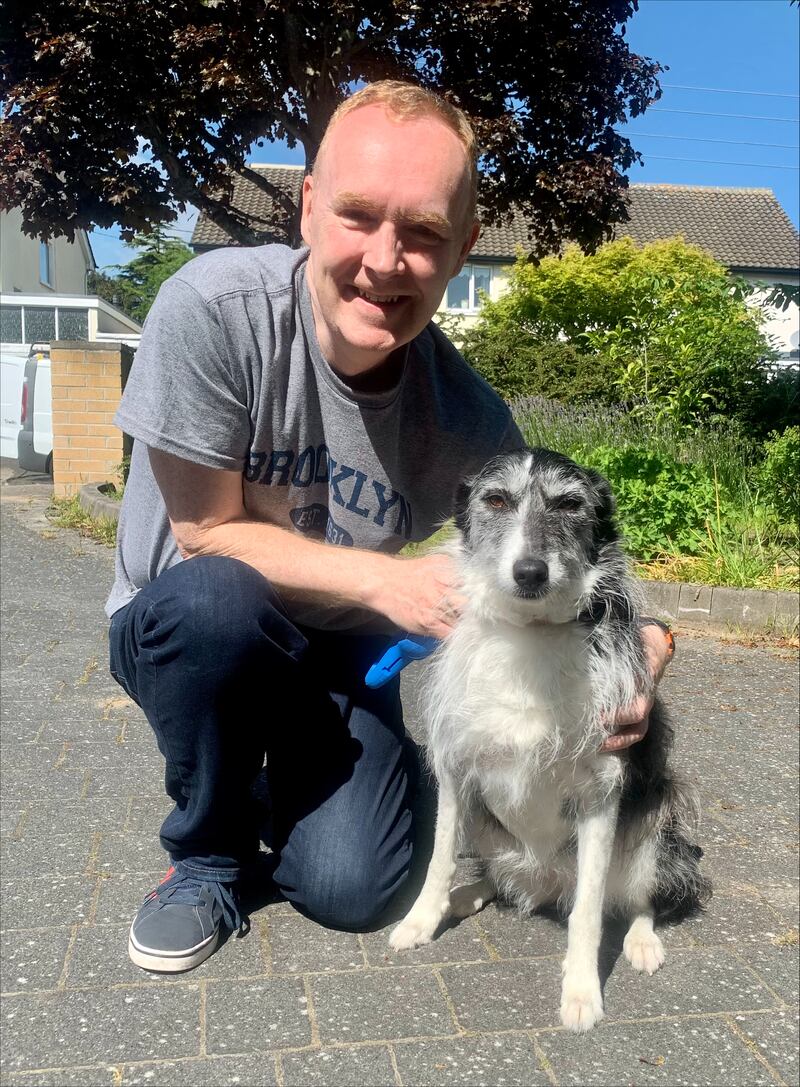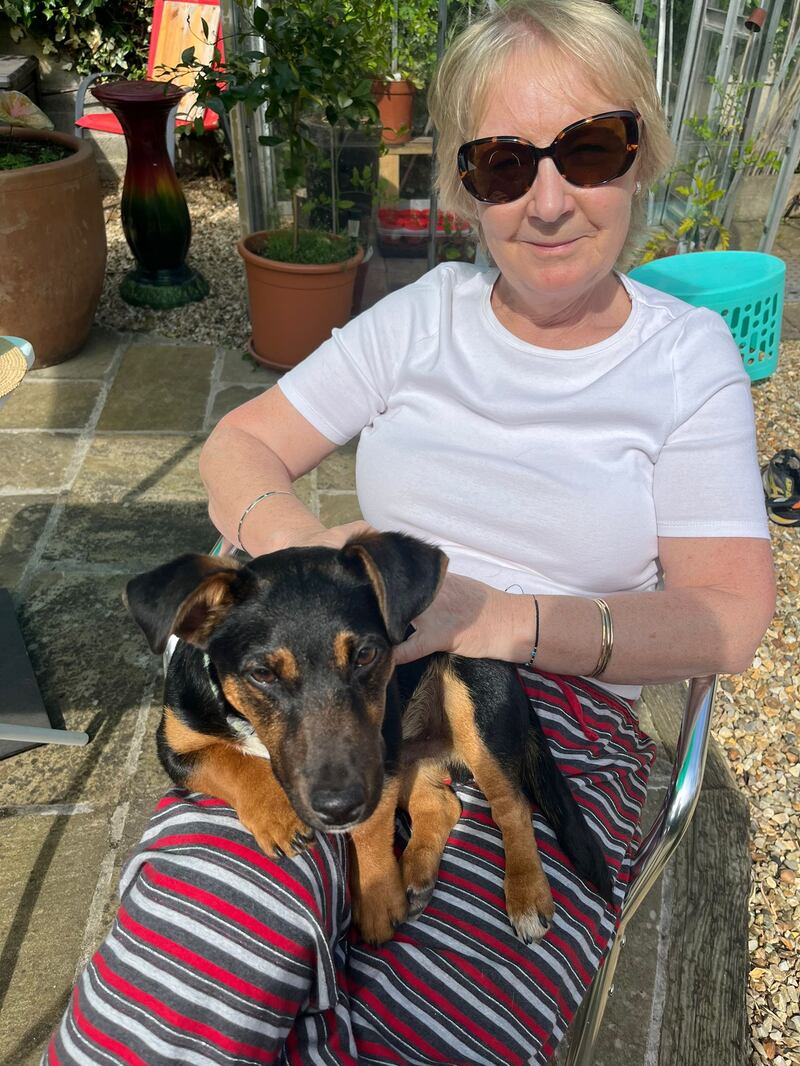It is estimated that almost half of the adult population of Ireland own a pet, with the majority sharing their home with a dog, while the rest are cat owners.
But while there is nothing nicer than the company of a four-legged friend, bringing an animal into your home does require a little bit of thought as both parties need to be happy with their living arrangements.
Dawn Greer, agility trainer for petmania.ie, says would-be pet owners should make a few alterations to their homes before their new dog or cat arrives.
“Make it as easy as possible for your new pet to settle in by having a cosy blanket and bed ready for them,” she says. “It is a good idea to bring a kitten or puppy home with some bedding that still has their mother and siblings’ scent as the familiar object will give them some comfort in their new setting.
“Also make sure to have lots of toys, treats and poop bags or a litter box all set up and if bringing home a puppy, have a covered crate ready as this acts as a little den for them, where they can feel safe and go to rest.”
As Greer notes, loud noise and lots of new people can be very overwhelming for any cat or dog, so says that if you have any guests coming over, ensure that your pet has a comfortable spot to retreat to when things get a bit much for them – this could be a bedroom, bathroom or a spare room.
“If they normally use a crate, perhaps move it away from where guests are to ensure your pet’s safe space is quiet. Just make sure they have a comfy bed, a cosy blanket, lots of toys, water bowl and some treats.”
The pet expert says bringing home a puppy or kitten is an exciting time for anyone, especially children, but for their safety and that of the new pet, it is very important that any time spent with the pet is supervised.
“Don’t let your children surround the pet or force it to interact with them until they are ready,” she says.
“When it’s time to introduce them, have them give a treat from their hand. This will help build trust between the pet and child. Then, take the focus away from the pet and give the children a different activity to do. This process helps the animal get to know the children at a pace they are comfortable with.”
Greer says you also need to be cautious when introducing a new pet to other animals you may own – the first meeting should be carefully supervised and at a distance. This process could take a few weeks before a more relaxed atmosphere is re-established.
“It is also best to feed both pets in separate areas, as that can be a prime situation for conflict.”
Dermot Moriarty knows what it is like for a family and pet to come accustomed to each other, as his Collie/Lurcher cross, Bella, moved in with him, his wife Ali and their two teenage sons, in September 2016.
Adopted from the DSPCA, Bella was very content with her new surroundings, but it took a little time for everyone to get used to the new arrangements.

“My wife and I both had dogs when we were growing up, but it had been a while since we owned one,” he says. “We were quietly excited and looking forward to the new addition and our sons, who were 12 and seven at the time, couldn’t wait. I think I was mentally prepared for the change but probably underestimated the physical reality of having someone else at home with you 24/7.
“When you’re used to a certain number of people in the house, having someone else come in and share that space takes a little getting used to. Also, as Bella was a rescue from DSPCA, I didn’t fully understand how we would need to give her plenty of time to get used to us being around her – that’s probably something I wasn’t aware of when I had a dog as a child.
You need to be prepared for some chewing – whether it’s your favourite shoe or PlayStation controller – just accept that it’s going to happen
The family had just finished some work on their house when Bella arrived, so had a dog-friendly zone set up – “of course, she soon decided to find other spots around the house that she herself wanted, and we were okay with that, as long as she was comfortable and happy”.
Along with helping the new arrival get used to her “forever home”, there were also some physical changes that had to be made to the house.
“Bella was around 1½ when we got her and we soon discovered that she loved chewing things,” says the Dublin man. “It was three TV remotes later, that we remembered to put them away in the evening out of reach. We also got her own indestructible chew toys, but after some initial adventures with Christmas lights and decorations, we put those a little higher up the tree out of reach, until she grew out of that habit [of chewing them].
“After one messy incident where she got upstairs, we put up a baby gate to stop it happening again and she quickly learned not to do that. But she is super smart and can open the downstairs internal doors by herself – it’s always fun when you get home and you hear her opening a door to come and meet you.
The family also put a rug on their favourite couch to stop her scratching it when she sleeps on it, but if it’s late in the evening, she will also hop up on the couch beside the family to watch TV or fall asleep.
When they are sitting on your favourite couch or chair or interrupt your work Zoom call to give you a look that says thanks, you know it’s been absolutely worth it
Fellow pet owner Maeve Heffernan lives in Dublin with her husband Dermot and their Jack Russell, Enzo. A keen dog lover, she has had many canine companions over the years, so her home is well set up for them – and she says it’s important to create specific zones for four-legged friends.
“Confine them to a family space, such as livingroom and kitchen, don’t let them wander around the house until they become trained and always keep them downstairs,” she says. “They will chew their beds for a while until the puppy stage is over, so buy a plastic bed or even a cardboard box with a cheap cushion in it – they will be comfortable in that and you can buy them a nicer bed when the are older.

Heffernan suggests you treat your new pet “like a crawling toddler who will get into everything”. This means pushing chairs in under the table (to stop them climbing up) and moving all shoes, handbags and coats out of their area of sight and smell, as otherwise they will chew them.
“Also, read up on what they can eat and never feed them from the table. Give them a set time in the morning for their morning meal and the same in the evening and take away the food if they don’t finish it – as either they have enough or don’t feel like eating – but always have water available.”
Both dog owners agree that regular walks are important, and Moriarty says it’s nice to also factor in some playtime as they enjoy the mental stimulation. And while they will make their presence felt within your home, any slight damage or effort is worth it.
“It’s good to try and have a zone which is theirs and theirs only as they need to have a little space where they feel safe,” he says. “But you need to be prepared for some chewing – whether it’s your favourite shoe or PlayStation controller – just accept that it’s going to happen. And cleaning up any little accidents they have is all part of life – so if you don’t want them taking over your favourite couch, then either don’t let them on it or put a cover on it to try and prevent them scratching it.
[ I’m begging you, if someone loses a pet, do not ask: ‘Will you get another one?’Opens in new window ]
As Moriarty notes, having a pet will change the dynamic in your household but it can also make it a calmer place.
“They bring a lot of fun, companionship and energy into your life, and they’re also a source of fun in their own way. Pets are totally worth it – you can tell them anything and they are always happy to welcome you home. And when they are sitting on your favourite couch or chair or interrupt your work Zoom call to give you a look that says thanks, you know it’s been absolutely worth it.”
He suggests however, that anyone looking to get a pet should try to adopt from one of the many animal charities out there.


















